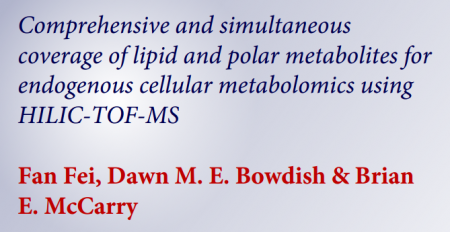Stearns JC, Davidson CJ, McKeon S, Whelan FJ, Fontes ME, Schryvers AB, Bowdish DM, Kellner JD, Surette MG. Culture and molecular-based profiles show shifts in bacterial communities of the upper respiratory tract that occur with age. ISME J. 2015 May;9(5):1268. doi: 10.1038/ismej.2015.49.
Abstract: The upper respiratory tract (URT) is a crucial site for host defense, as it is home to bacterial communities that both modulate host immune defense and serve as a reservoir of potential pathogens. Young children are at high risk of respiratory illness, yet the composition of their URT microbiota is not well understood. Microbial profiling of the respiratory tract has traditionally focused on culturing common respiratory pathogens, whereas recent culture-independent microbiome profiling can only report the relative abundance of bacterial populations. In the current study, we used both molecular profiling of the bacterial 16S rRNA gene and laboratory culture to examine the bacterial diversity from the oropharynx and nasopharynx of 51 healthy children with a median age of 1.1 years (range 1–4.5 years) along with 19 accompanying parents. The resulting profiles suggest that in young children the nasopharyngeal microbiota, much like the gastrointestinal tract microbiome, changes from an immature state, where it is colonized by a few dominant taxa, to a more diverse state as it matures to resemble the adult microbiota. Importantly, this difference in bacterial diversity between adults and children accompanies a change in bacterial load of three orders of magnitude. This indicates that the bacterial communities in the nasopharynx of young children have a fundamentally different structure from those in adults and suggests that maturation of this community occurs sometime during the first few years of life, a period that includes ages at which children are at the highest risk for respiratory disease.



